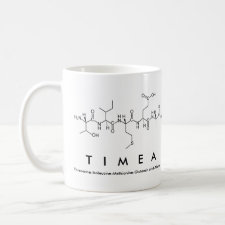
Authors: Pap T, Horvai G
Article Title: Characterization of the selectivity of a phenytoin imprinted polymer.
Publication date: 2004
Journal: Journal of Chromatography A
Volume: 1034
Issue: (1-2)
Page numbers: 99-107.
DOI: 10.1016/j.chroma.2004.01.064
Abstract: The selectivity of analytical methods based on molecularly imprinted polymers (MIPs) is due to the preferential adsorption of the analyte(s) as compared to other substances (interferences). This paper shows the theoretical and practical difficulties, which have to be considered and solved when real samples need to be analysed in a wide range of analyte and interferant concentrations. It is shown that the estimation of interference effects requires either many measurements or a realistic model of the adsorption equilibrium in mixed solutions of the analyte and the interferences. Examples are shown for positive (cooperative) interference effects, for better experimental design and interpretation of binary isotherm measurements and for establishing the chemical model of interference from selectivity measurements. The usual MIP model consisting of a cavity, which closely fits the shape of the template from all sides, appears unsuitable for this MIP and it is replaced with a more realistic, more open model. The applicability of the results to using non-imprinted polymers as selective sorbents and to screening drug candidates is also shown. (C) 2004 Elsevier B.V. All rights reserved



Join the Society for Molecular Imprinting

New items RSS feed
Sign-up for e-mail updates:
Choose between receiving an occasional newsletter or more frequent e-mail alerts.
Click here to go to the sign-up page.
Is your name elemental or peptidic? Enter your name and find out by clicking either of the buttons below!
Other products you may like:
 MIPdatabase
MIPdatabase









